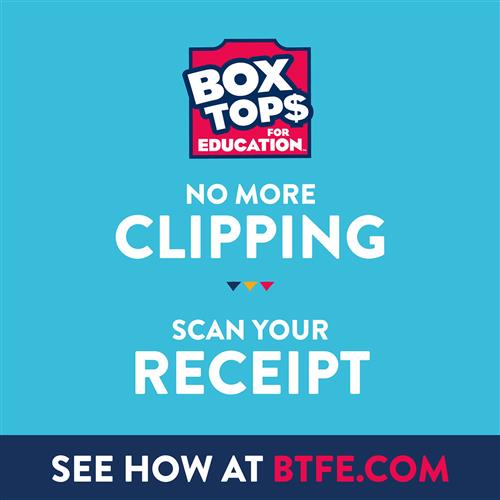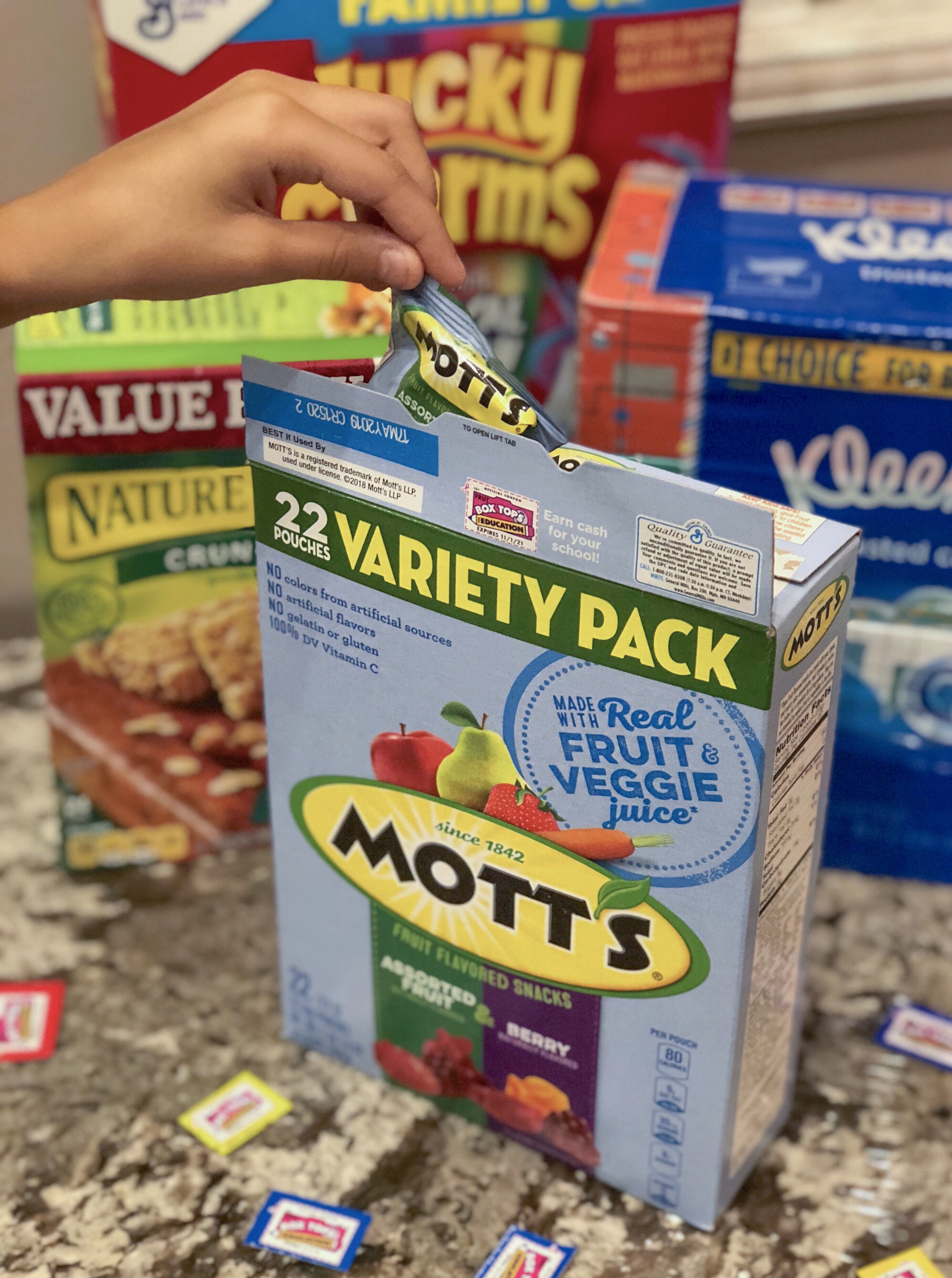


The program’s changes, as well as parents’ unease with the app’s data-collection practices, have prompted people to question whom the program really serves, and reassess how far they will go for a dime-size donation to schools. Without the nostalgia of the cardboard cutouts softening the transactional nature of the program, its contradictions have become more visible. (In 2018, The Washington Post reported that the average payout per school per year was $750.) During the pre-pandemic months when the app was in use, earnings were down from the previous year, but another spokesperson noted that was to be expected, as “we were focused on building awareness and participation with the digital program in the first few months.” It’s hard to say for sure whether the app’s struggles are a result of the pandemic, users’ frustrations, natural growing pains in the transition from physical to digital, or some combination thereof, but Box Tops appears to be in a moment of turmoil. Lilly Moeding, a brand-experience manager for Box Tops for Education, told me that school earnings from the program went down by a third in 2020. In October 2019, just three months after the app was introduced, an ABC affiliate in Sacramento reported that users were frustrated with it, and warned that “if the company fails to fix problems with the app, public schools could be in for a rough year in terms of funding.” Then, nine months into the app’s launch, the pandemic disrupted the school year and shifted consumer priorities. Within a couple of weeks of the launch, parents on Facebook were expressing concerns about privacy. Then, in the summer of 2019, General Mills announced in a press release that the program was “saying goodbye to old-school clipping and going digital.” The rollout of the app over the past year and a half has been rocky. (Box Tops is by far the most popular of its peer programs, and similar initiatives have gone away in recent years: In 2018, Labels for Education, run by the Campbell’s company, wound down after more than 40 years in operation.) For more than 20 years, many families and schools were happy to exchange a bit of cardboard for a bit of extra cash, and the program was very successful. In exchange for offering the coupons, General Mills gained invaluable access to an impressionable audience: kids. To earn a 10-cent donation, families would need to buy, say, a $4 box of name-brand cereal, such as Lucky Charms. But the economics of Box Tops has always involved trade-offs. Many think of the program as a feel-good way for a company to help families support their schools. But the clippings are rapidly becoming symbols of a bygone era, as General Mills announced in 2019 that it would be retiring physical Box Tops in favor of an app. Over the past 25 years, the program has given nearly $1 billion to schools nationwide. The Box Tops for Education program, founded in 1996, is a General Mills initiative that allows families to redeem labels from eligible food and household products for 10-cent contributions to their schools. ET on April 16, 2021.įor many young adults and their parents, the words box tops evoke fond memories of cutting out cardboard rectangles and stuffing them into Ziploc bags to carry to school.


 0 kommentar(er)
0 kommentar(er)
